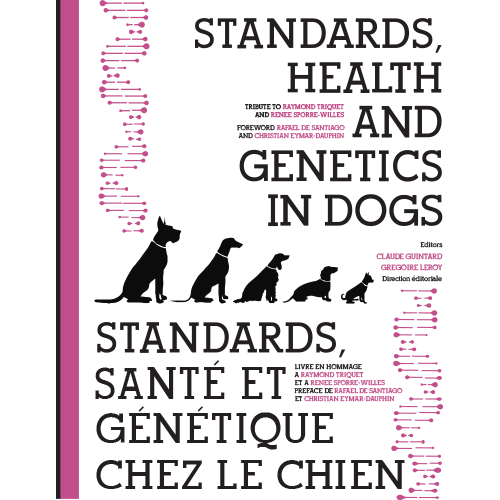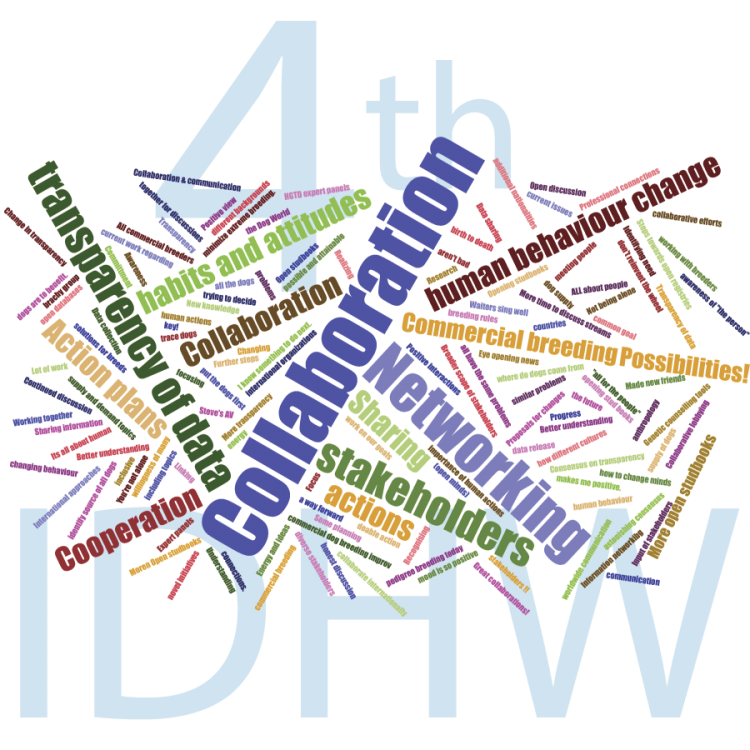About This File
Abstract - As part of this tribute to Raymond Triquet and Renée Sporre-Willes on the occasion of the 3rd International Dog Health Workshop, we thought it important to demonstrate the need for collaboration between disciplines: between veterinarians, researchers, doctors, breeders and dog fanciers, in the interest of dogs to ensure better health and better genetic management of breeds in a context in which the emerging genetic tests may prove very useful, but must be used wisely.
Working in close collaboration for many years between the CNRS genetic research team in Rennes and Doctors Gilles Chaudieu, Éric Guaguère, Jean-Pierre Genevois and Patrick Devauchelle, in this chapter we propose a focus on the state of knowledge and on certain projects led by the Rennes lab in ophthalmology, dermatology, orthopaedics and oncology.
In dogs, the quest for conformation with the breed standard has resulted in the selection of specific alleles to meet the desired criteria (different aptitudes, morphological and physiological traits). Indeed, dogs, with more than 400 breeds, represent genetic isolates within which individuals belonging to the same breed share the same phenotype and almost the same genotype in order to meet the desired criteria. Unfortunately, this selection has also resulted in the concentration of deleterious alleles, causing genetic diseases in many dog breeds.
We will therefore stress the importance of exchange, collaboration, comparison and complementary expertise, in order to use the resources and the genetic methods now available to us, with mutual understanding between actors in veterinary medicine, dog breeding and research. Moreover, we will use selected examples to demonstrate the importance of comparative pathology and genetics in dogs for veterinary and human medicine in order to identify the genetic causes of homologous diseases between humans and dogs, and to eventually improve the screening and treatment of these diseases in the dogs and their owners.
Findings in recent years, whether by international research teams or the team in Rennes, have revealed: 1/ the importance of collaboration between researchers, veterinarians, breeders and breed clubs; 2/ the need to rely on several medical/veterinary disciplines, such as epidemiology, histology, imaging, genetics, etc, which have made huge progress and are giving the “One Health” concept its full meaning; and 3/ the urgent need for international kennel clubs to adopt in order to integrate all of this data for the benefit of dogs into the various facets of their activities.
We will discuss:
1 - Dog breeds, genetic selection, genetic diseases;
2 - The importance of collaboration and shared interfaces and resources;
3 - Four examples of canine and human diseases illustrating the “One Health” concept.
 Donate
Donate

 With version 1.0.0:
With version 1.0.0: